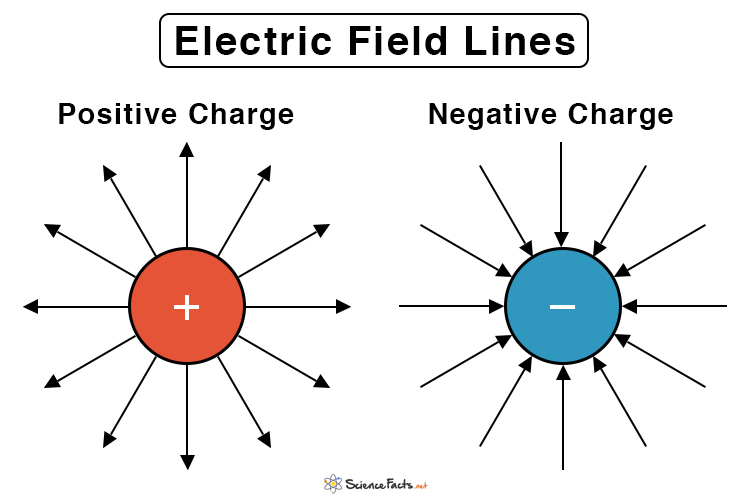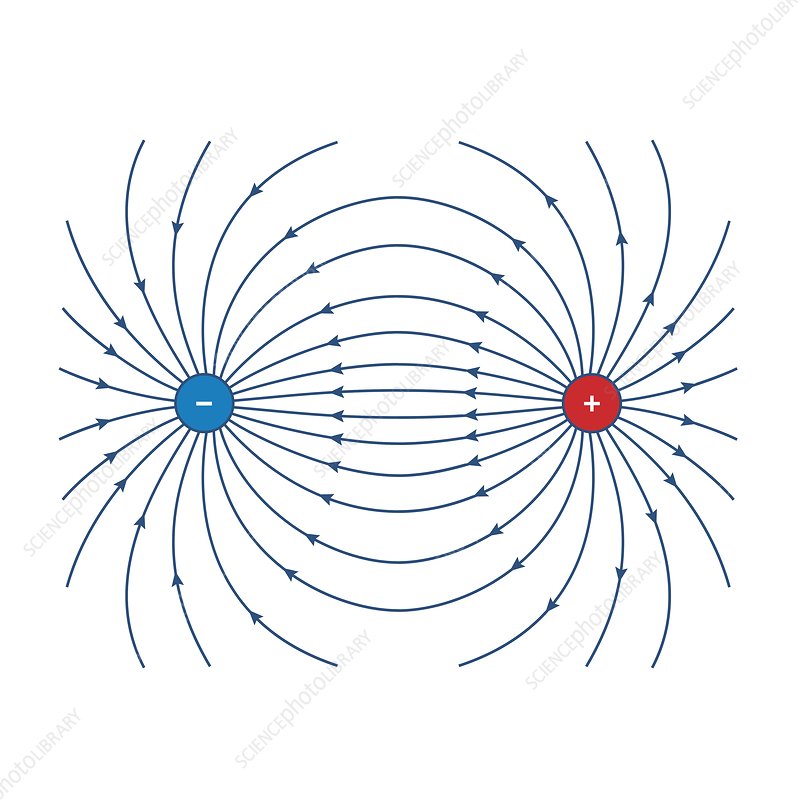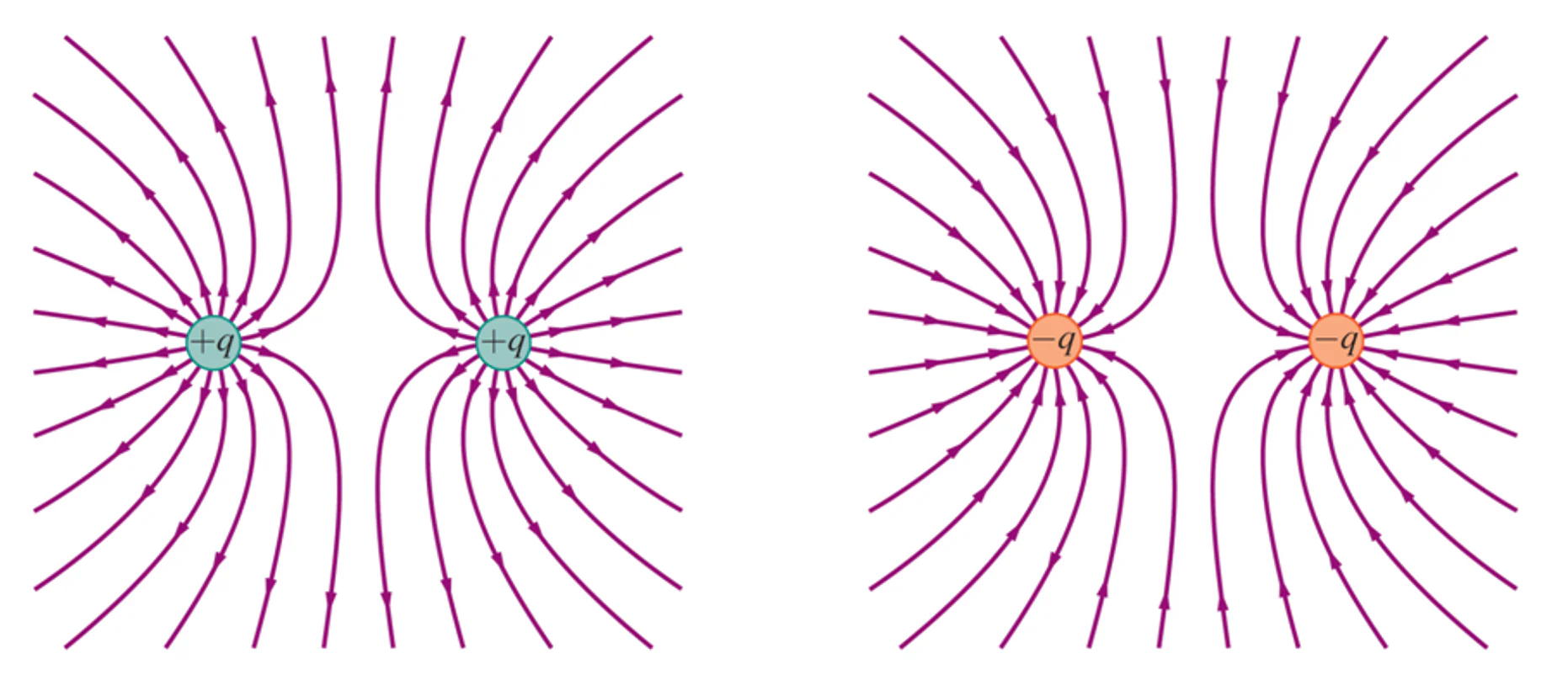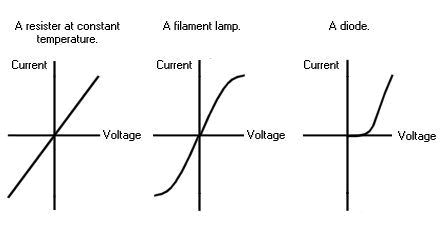physics - topic 3: electricity
1/28
Earn XP
Description and Tags
Name | Mastery | Learn | Test | Matching | Spaced |
|---|
No study sessions yet.
29 Terms
Like charges ____ and opposite charges ____ .
Like charges repel and opposite charges attract.
What type of material does conduct electricity, and why?
Conductors: Their charged particles are delocalised and can flow instead of being in fixed positions.
What type of material doesn’t conduct electricity, and why?
Insulators: Their charged particles cannot flow through the material, and their positions are fixed.
What happens when two insulators are rubbed together?
Electrons are transferred from one to the other, creating a positive charge on the object losing electrons and a negative charge on the object gaining electrons. These insulators become charged. This results in static electricity.
What happens when two conductors are rubbed together?
Electrons will flow in and out of the conductors, cancelling any overall effect, so they remain neutral.
What is the force charged objects exert, and is it contact or non-contact?
Electrostatic force(s). These forces are non-contact.
Why do charged objects attract small, neutral objects? What is an example of this?
The positive/negative charge on the object will attract/repel the electrons within the small object, inducing a charge inside them and causing them to be attracted.
e.g. A stream of water will bend towards a charged object.
Which direction do electric field lines point?
Away from positive and into negative.
If there are more field lines OR if the field lines are denser, what does this show?
The forces are stronger.
What do electric field lines look like around a:
a) positive charge?
b) negative charge?

What do electric field lines look like around a negative and positive charge next to each other?

What do electric field lines look like around:
a) two positive charges next to each other?
b) two negative charges next to each other?

What variables does the acronym SUVAT stand for?
S - Distance/Displacement (m)
U - Initial Velocity (m/s)
V - Final Velocity (m/s)
A - Acceleration (m/s2)
T - Time (s)
If an object ‘starts from rest’, what can we assume about the question?
It’ll likely be a SUVAT equation.
Initial velocity will be 0.
What is potential difference and what is it represented as and measured in?
Measured in Volts.
Represented as ‘V’.
Energy transferred per unit of charge.
What is Ohm’s Law? What is the formula that proves it?
Ohm's law states that the electric current through a conductor between two points is directly proportional to the voltage across the two points.
Formula: V = IR
What is current and what is it represented as and measured in?
Measured in Amps
Represented as ‘I’.
Rate of flow of charge.
What is the difference between a series and parallel circuit?
In a series circuit, current follows a single path. Current is the same everywhere.
In a parallel circuit, current can flow through several paths. Current is different across the branches although voltage is the same.
What are the circuit symbols for:
a) a diode?
b) an ammeter?
c) an LDR?
d) a thermistor?
e) a battery?
f) a voltmeter?
g) a fixed/variable resistor?
h) a bulb?
i) a cell?

How should an ammeter be placed?
In series with the components.
How should a votmeter be placed?
In parallel with the component you’re interested in.
What is a thermistor?
A temperature-sensitive resistor that decreases resistance as the temp increases.
What is an LDR?
A light-sensitive resistor that decreases resistance as light intensity increases.
What is resistance and what is it’s units?
A measure of how difficult it is for current to flow. Measured in Ohms (Ω).
How does resistance change with current/temperature?
As current/temperature increases, electrons gain more energy.
When these electrons flow, they’ll collide with each other more frequently, which transfers energy to the atoms and causes more vibrations.
These increased vibrations mean that it’s harder for electrons to flow through, therefore resistance increases.
What are the current-resistance graphs for a resistor, a filament bulb, and a diode?

How do you calculate resistance in a series and parallel circuit?
In series: RT = R1 + R2 + …
In parallel: 1/RT = 1/R1 + 1/R2 + ...
What are the two main equations for power?
P = IV
P = I2R
What is the equation linking power, energy, and time?
E = PT